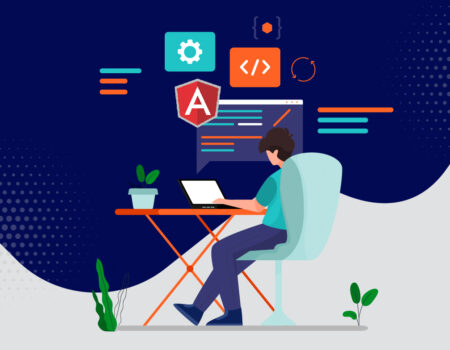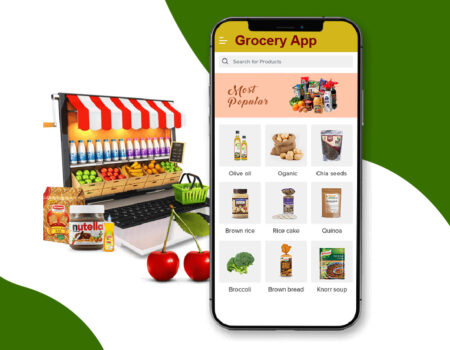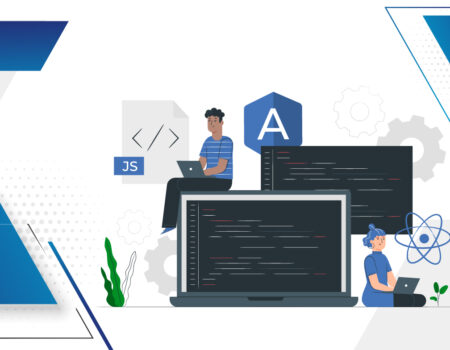Joint Application Development (JAD) is a methodology used to develop software or systems through a collaborative process involving both business stakeholders and developers. The goal is to ensure that the final product meets the needs of the stakeholders and to improve communication and collaboration between stakeholders and developers.
JAD sessions are highly structured, facilitated workshops that produce high-quality deliverables in a short period. These sessions bring together stakeholders, developers, and other relevant team members to work together to identify and define the requirements for the system being developed. The sessions are typically facilitated by a facilitator, who ensures that everyone is heard and that the process stays on track.
A planning session, where stakeholders and developers discuss the project’s objectives, scope, and schedule often marks the start of the JAD process. This session is used to establish the overall framework for the project, and to identify the key stakeholders and team members who will be involved in the sessions.
Once the planning session is complete, the process moves into the requirements-gathering phase. This phase involves a series of JAD sessions in which stakeholders and developers work together to identify and define the requirements for the system being developed. The sessions are typically structured around specific topics or functional areas, and they may include brainstorming sessions, interviews, and workshops.
During the JAD sessions, stakeholders and developers work together to create a detailed, comprehensive set of requirements for the system. These requirements are then used to guide the development of the system, and to ensure that the final product meets the needs of the stakeholders.
One of the main benefits is that it helps to improve communication and collaboration between stakeholders and developers. By bringing everyone together in all the sessions, the process helps to ensure that everyone is on the same page and that everyone understands the requirements of the system. This can help to reduce misunderstandings and miscommunications and to ensure that the final product meets the needs of the stakeholders.
Another benefit is, it helps to ensure that the final product meets the needs of the stakeholders. By involving stakeholders in the sessions, developers can get a better understanding of the needs and requirements of the stakeholders, which can help to ensure that the final product meets those needs. This can help to reduce the risk of developing a system that does not meet the needs of the stakeholders, which can lead to delays and additional costs.
JAD is not suitable for all projects, but it can be particularly useful for projects that are large, complex, or have a high degree of uncertainty. It can also be helpful for projects that have a high degree of stakeholder involvement because it makes sure that the finished product satisfies their needs.
In conclusion, Joint Application Development (JAD) is a methodology used to develop software or systems through a collaborative process involving both business stakeholders and developers. It typically involves a series of facilitated sessions, known as JAD sessions, in which stakeholders and developers work together to identify and define the requirements for the system being developed. These sessions are used to improve communication and collaboration between stakeholders and developers ensuring the final product meets the needs of the stakeholders. Overall, this aims to enhance collaboration and communication between stakeholders and developers while ensuring that the final result satisfies the needs of the stakeholders.




